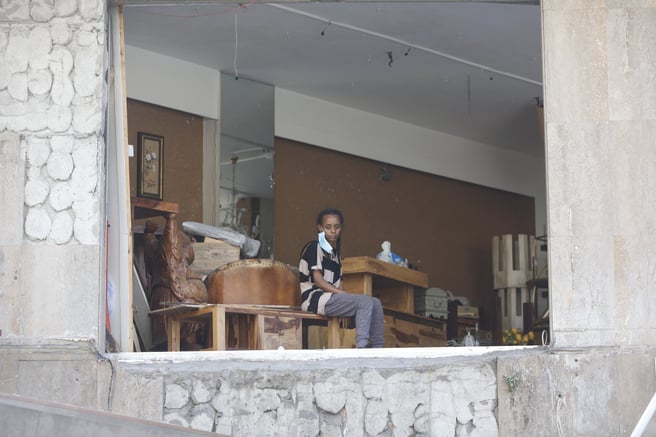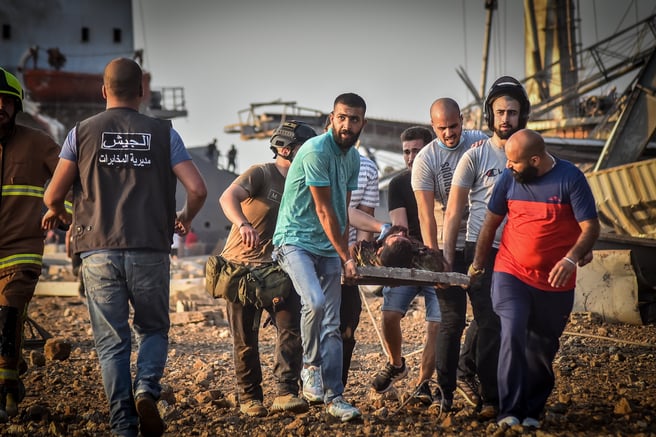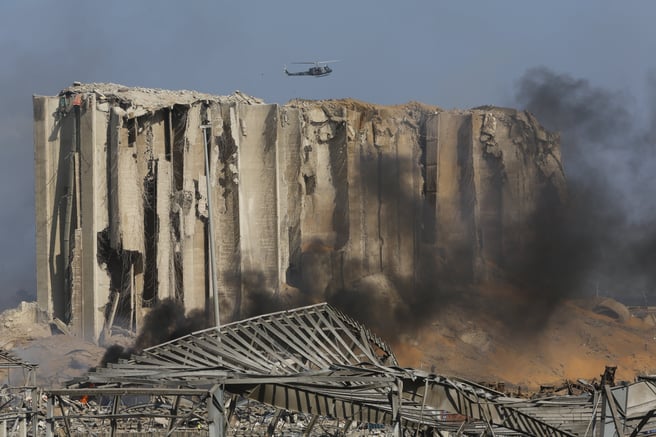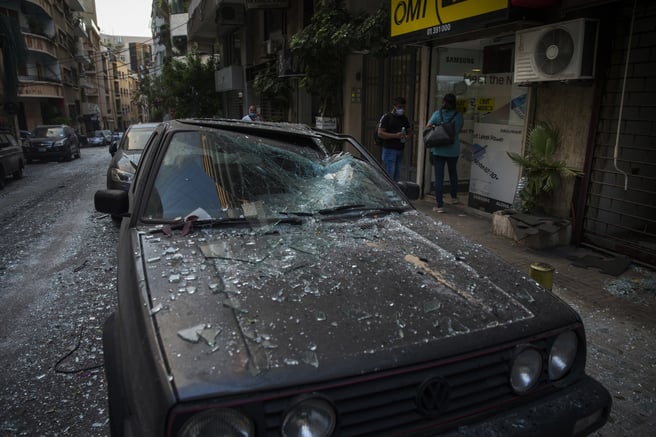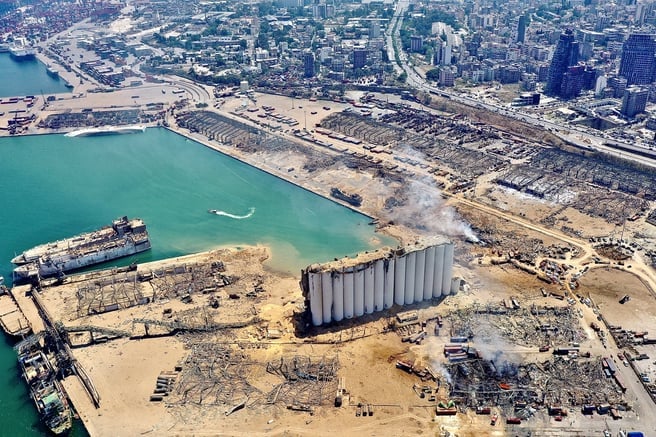
Last Tuesday evening, a pair of explosions sent a tide of obliteration through the city of Beirut, the capital of Lebanon. At last count, at least 158 people have died, with another 5,000 wounded.
Officials and residents are now left to rummage through the ruins to find missing persons in the wake of one of the largest non-nuclear blasts the world has seen.
Beirut, a city of two million, is facing a two-week state of emergency, as declared by the Lebanon cabinet. It comes as the country has been on the brink of economic collapse - with their currency losing about 80 per cent of its value since October - compounded by their recent spike in COVID-19 infections.
Here's what we know about the Beirut explosion.
How the explosion unfolded.
The catastrophic explosion happened at around 6pm local time on August 4. The deafening blast essentially flattened surrounding neighbourhoods, with about 300,000 being immediately displaced by the destruction of the explosion.
Lebanon's President Michel Aoun said it was fuelled by 2,750 tonnes of ammonium nitrate, which had been stored for six years at the port without safety measures.
My God. Lebanon economy collapsing and now this massive explosion. Beirut port (and a lot more, from the looks of it) utterly destroyed. Can’t imagine the human toll we are going to see. pic.twitter.com/vljWYftJWE
— ian bremmer (@ianbremmer) August 4, 2020


